

Human activities are destroying the natural world, leading to the extinction of animal and plant species at a terrifying rate.
Our actions threaten over one million species. And in New Zealand we have the highest proportion of threatened native species in the world, with more than 4000 at risk.
Some experts believe we are in the throes of the sixth mass extinction. In This Is How It Ends, a seven-part Stuff documentary series, Andrea Vance and Iain McGregor investigate the biodiversity crisis.
Water is the source of life on Earth, so why are we poisoning it?
Made with support from

In partnership with

WATCH EPISODE FIVE:
FRESH WATER
READ MORE
SEE MORE
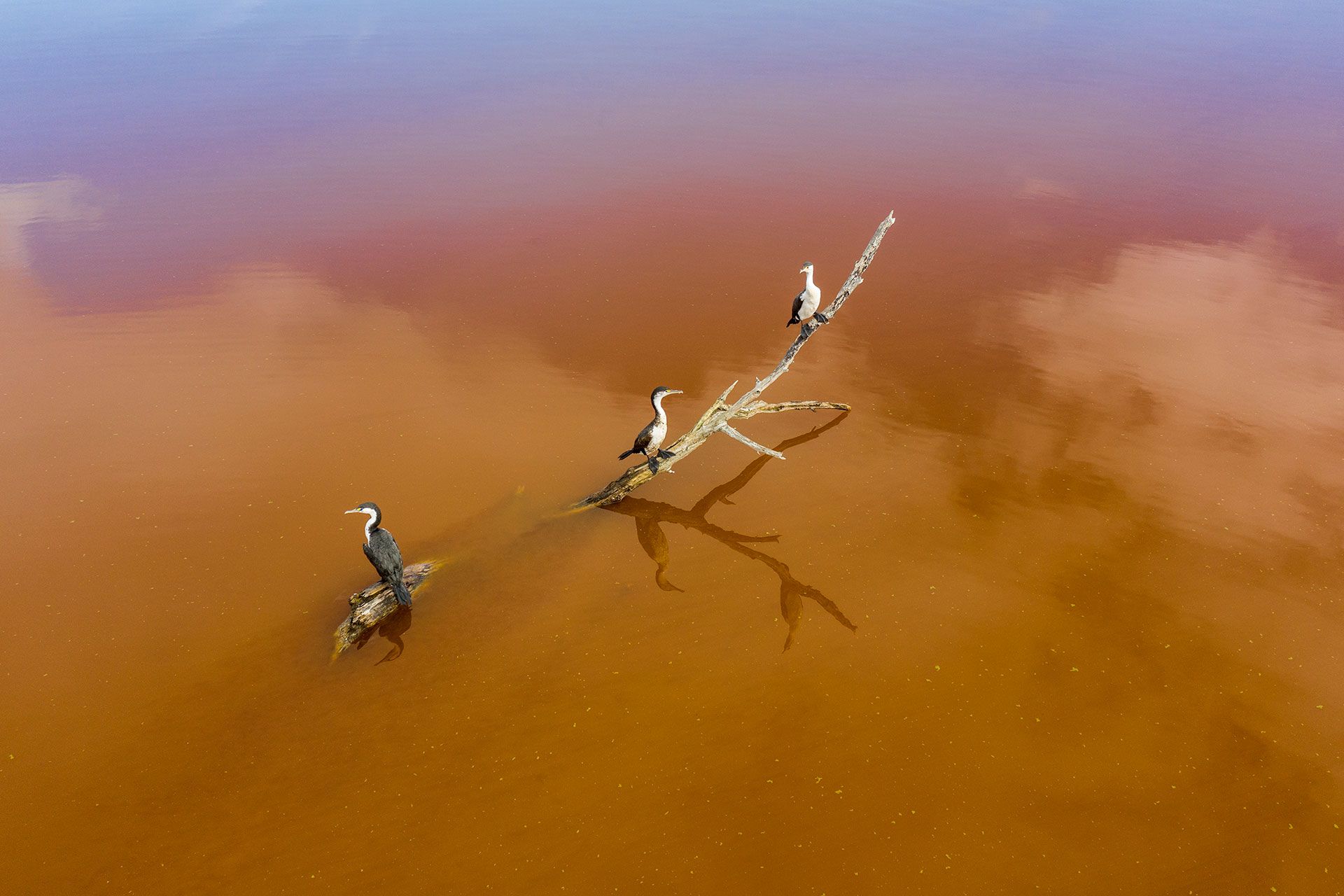
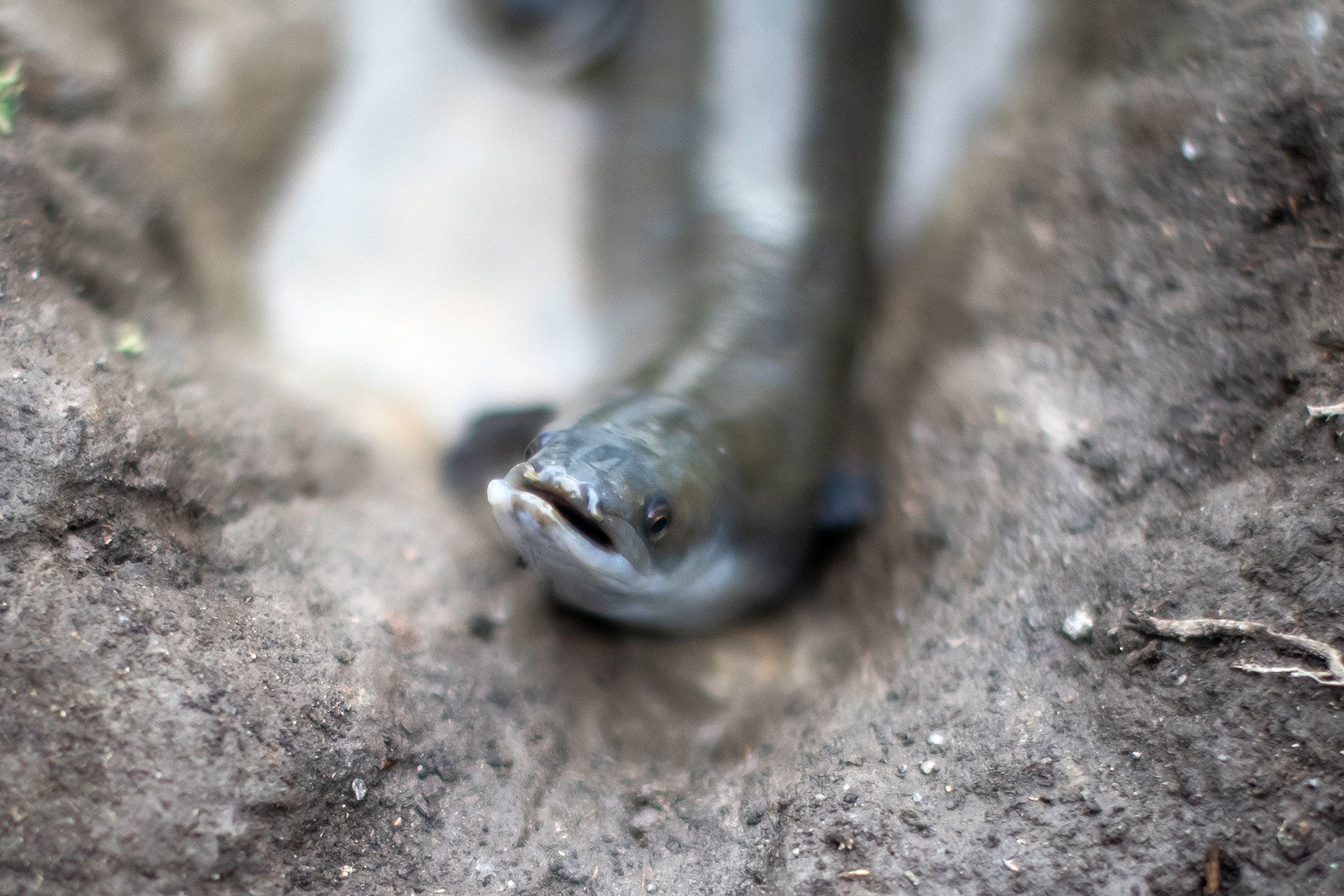
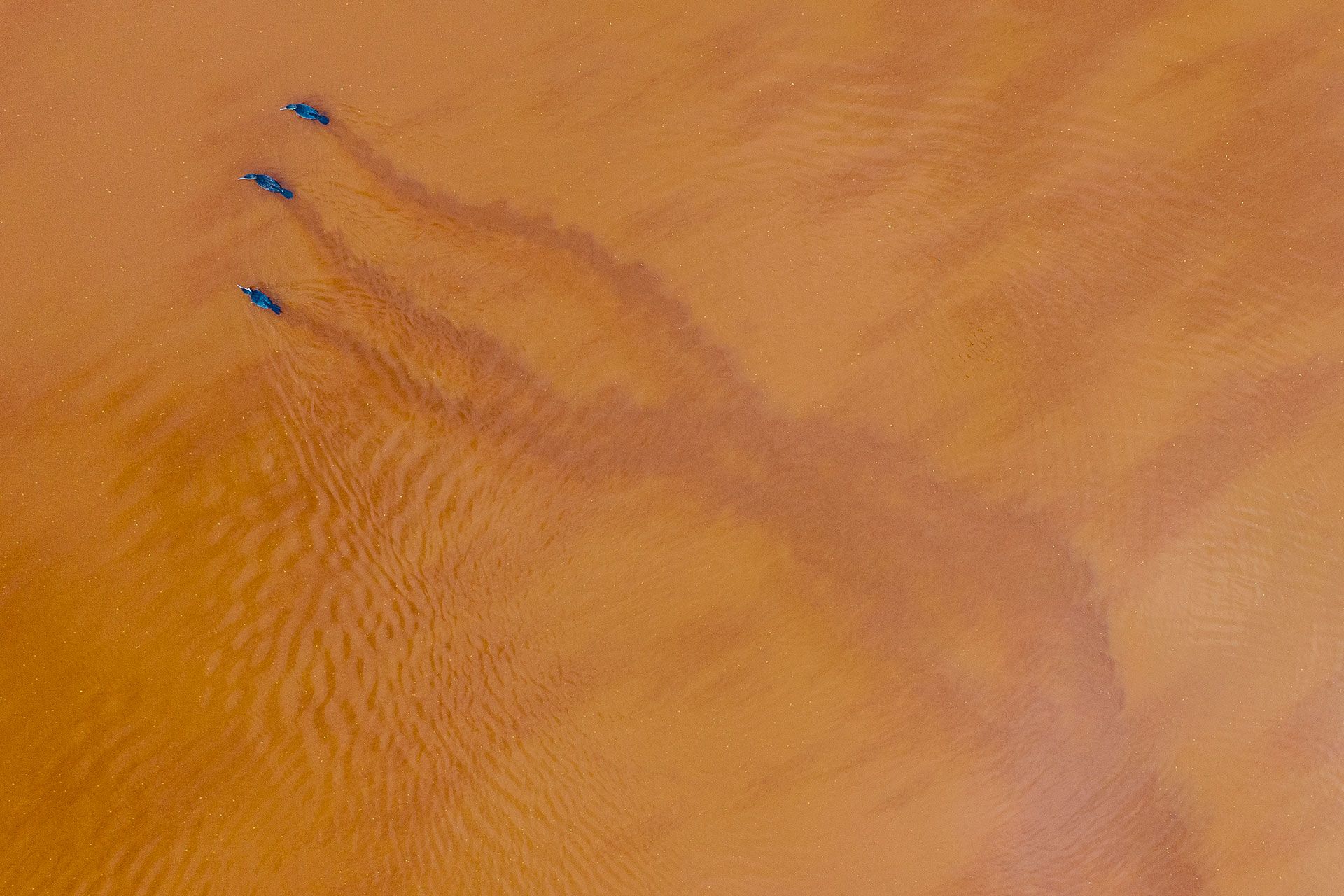

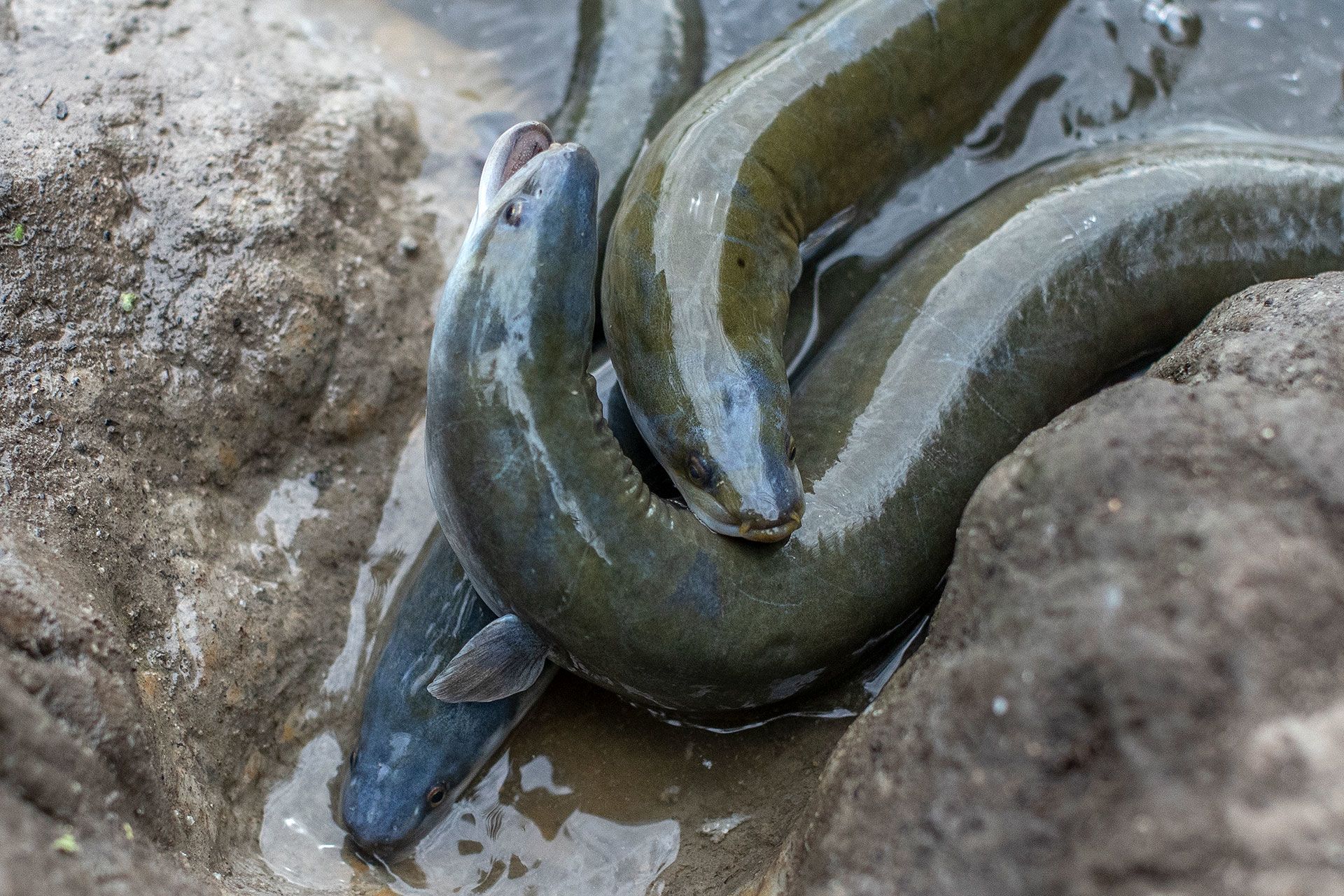

Lake Waikare: the waters of a once popular swimming spot are now toxic orange, and thick with nutrient run-off.
Lake Waikare: the waters of a once popular swimming spot are now toxic orange, and thick with nutrient run-off.

The two main species of freshwater eel found in New Zealand are the shortfin eel (pictured) and the longfin eel.
The two main species of freshwater eel found in New Zealand are the shortfin eel (pictured) and the longfin eel.

Cormorants leave a trail of murk as they pass over Lake Waikare.
Cormorants leave a trail of murk as they pass over Lake Waikare.

Pukeko have been known to eat fish, including eels.
Pukeko have been known to eat fish, including eels.

Shortfin eels are relatively tolerant to pollution.
Shortfin eels are relatively tolerant to pollution.






Lake Waikare: the waters of a once popular swimming spot are now toxic orange, and thick with nutrient run-off.
Lake Waikare: the waters of a once popular swimming spot are now toxic orange, and thick with nutrient run-off.

The two main species of freshwater eel found in New Zealand are the shortfin eel (pictured) and the longfin eel.
The two main species of freshwater eel found in New Zealand are the shortfin eel (pictured) and the longfin eel.

Pukeko have been known to eat fish, including eels.
Pukeko have been known to eat fish, including eels.

Shortfin eels are relatively tolerant to pollution.
Shortfin eels are relatively tolerant to pollution.

Cormorants leave a trail of murk as they pass over Lake Waikare.
Cormorants leave a trail of murk as they pass over Lake Waikare.
We take staggering amounts of water from our waterways. Over the past 150 years, the water take from rivers has almost been unregulated.

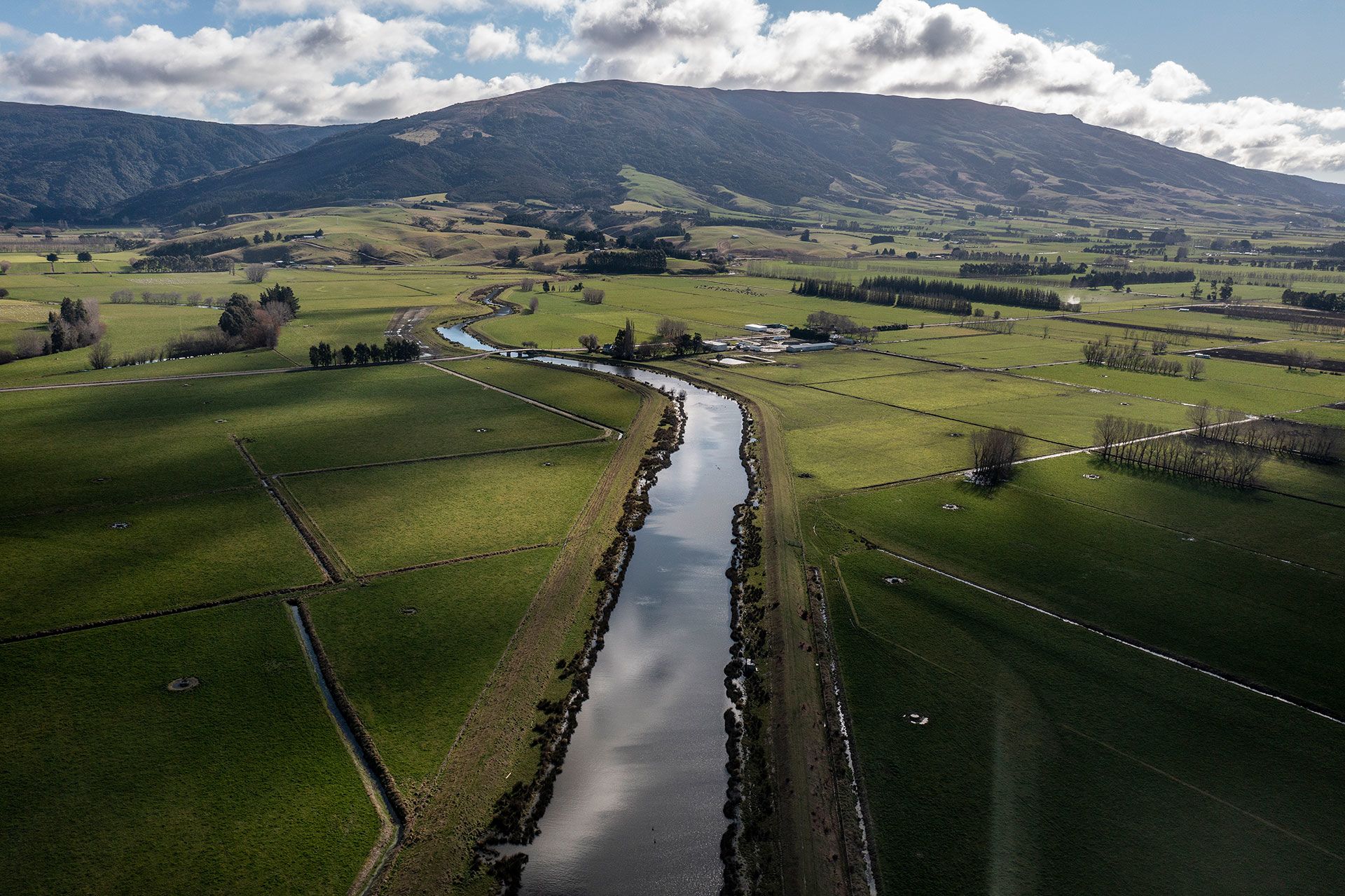
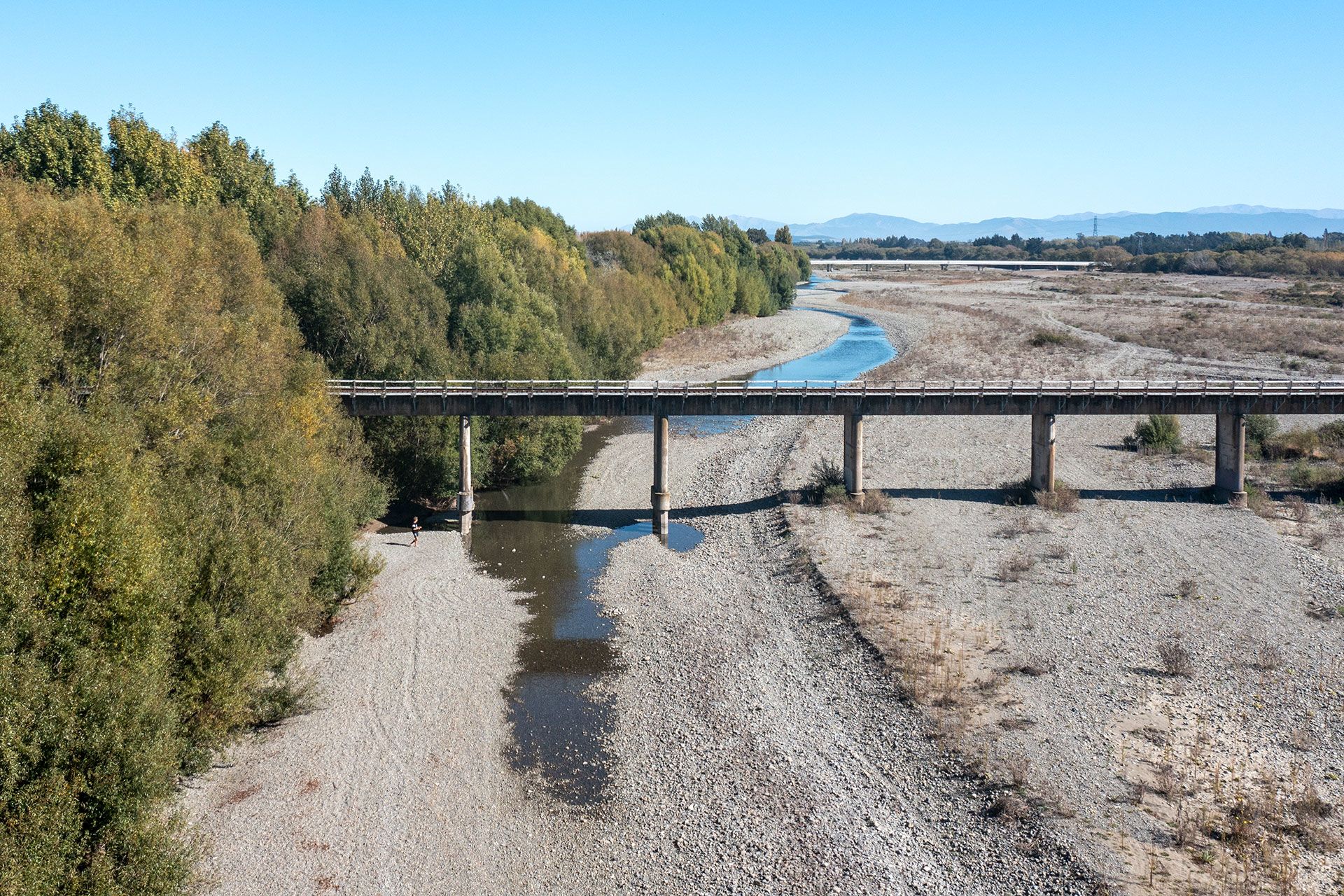
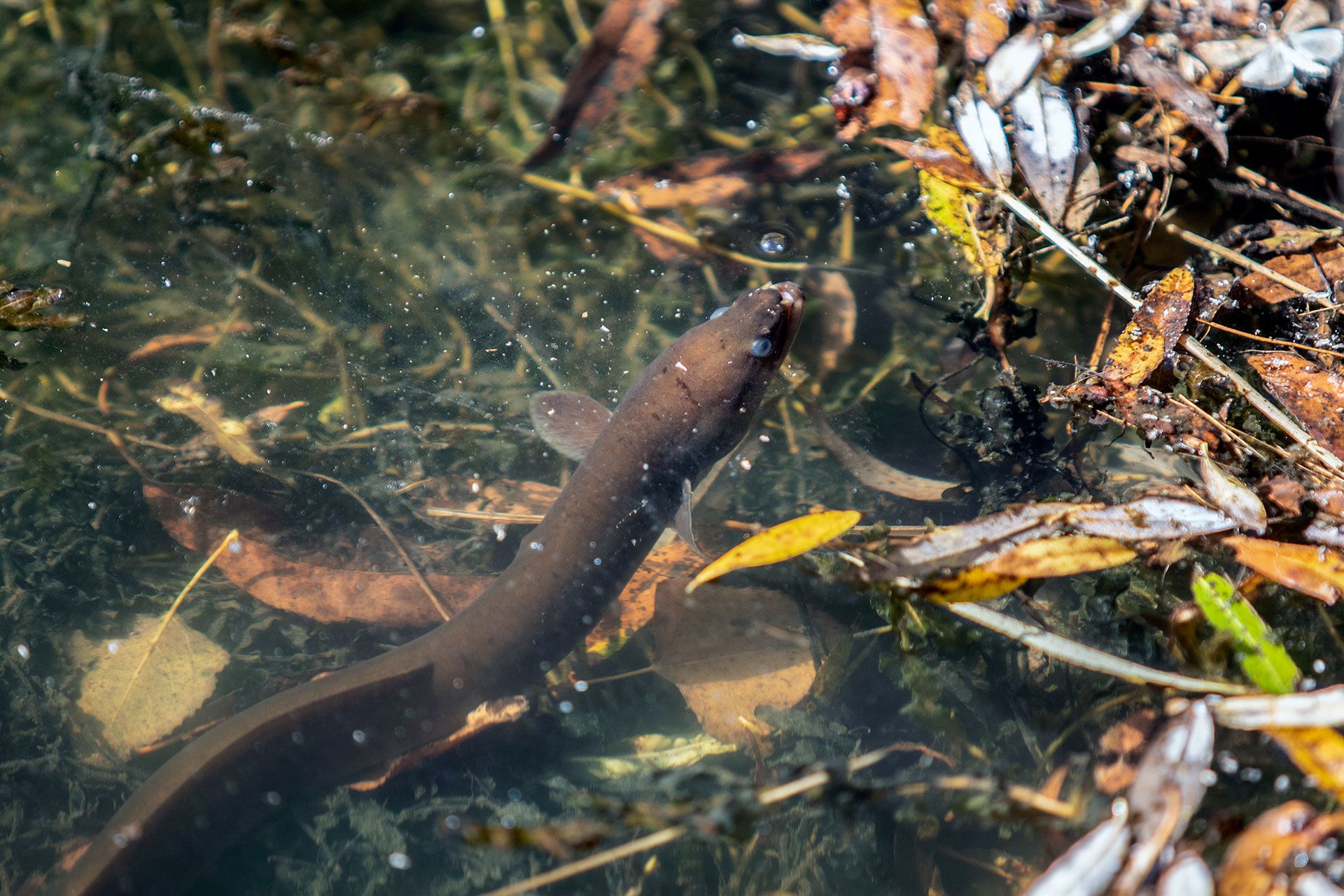
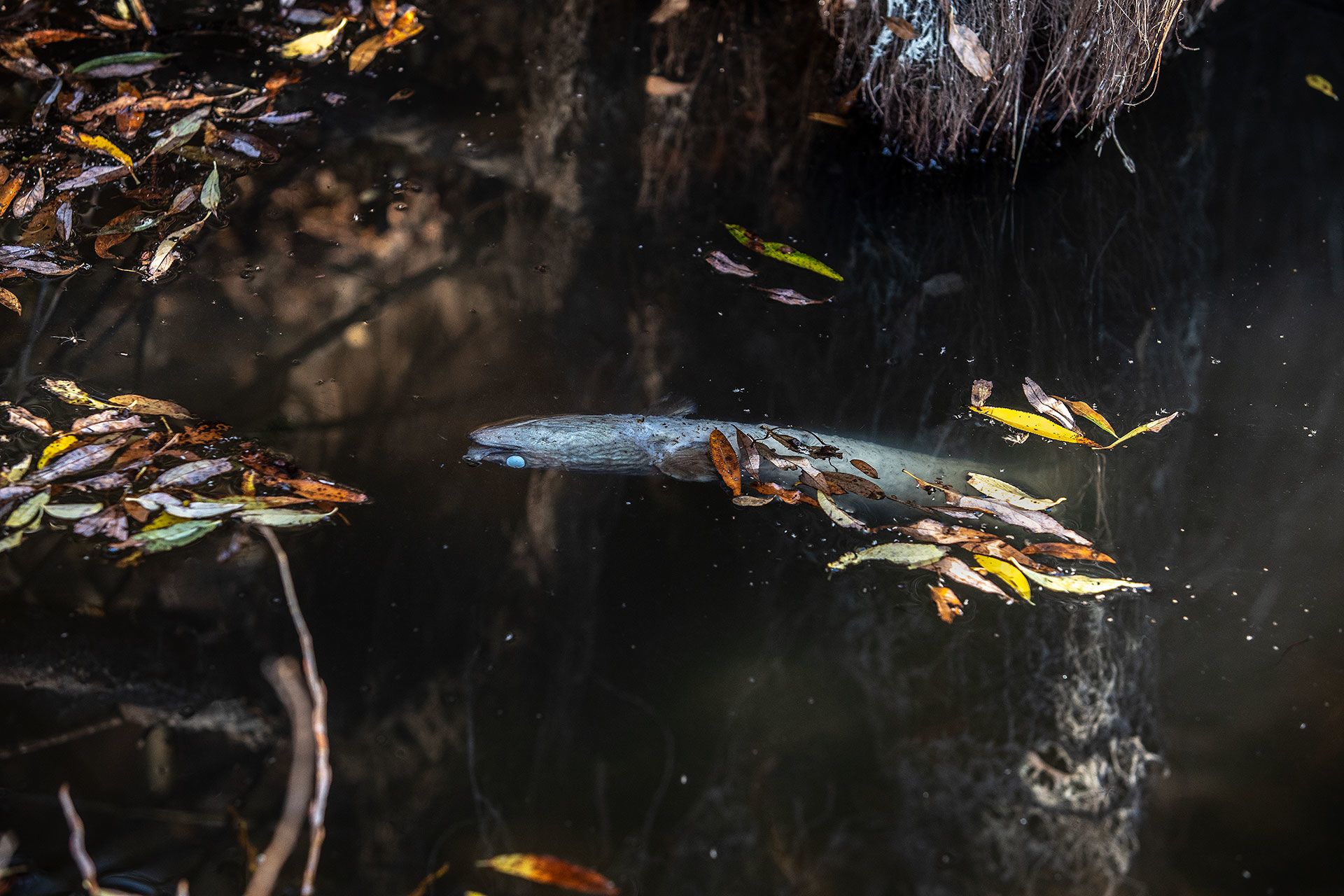
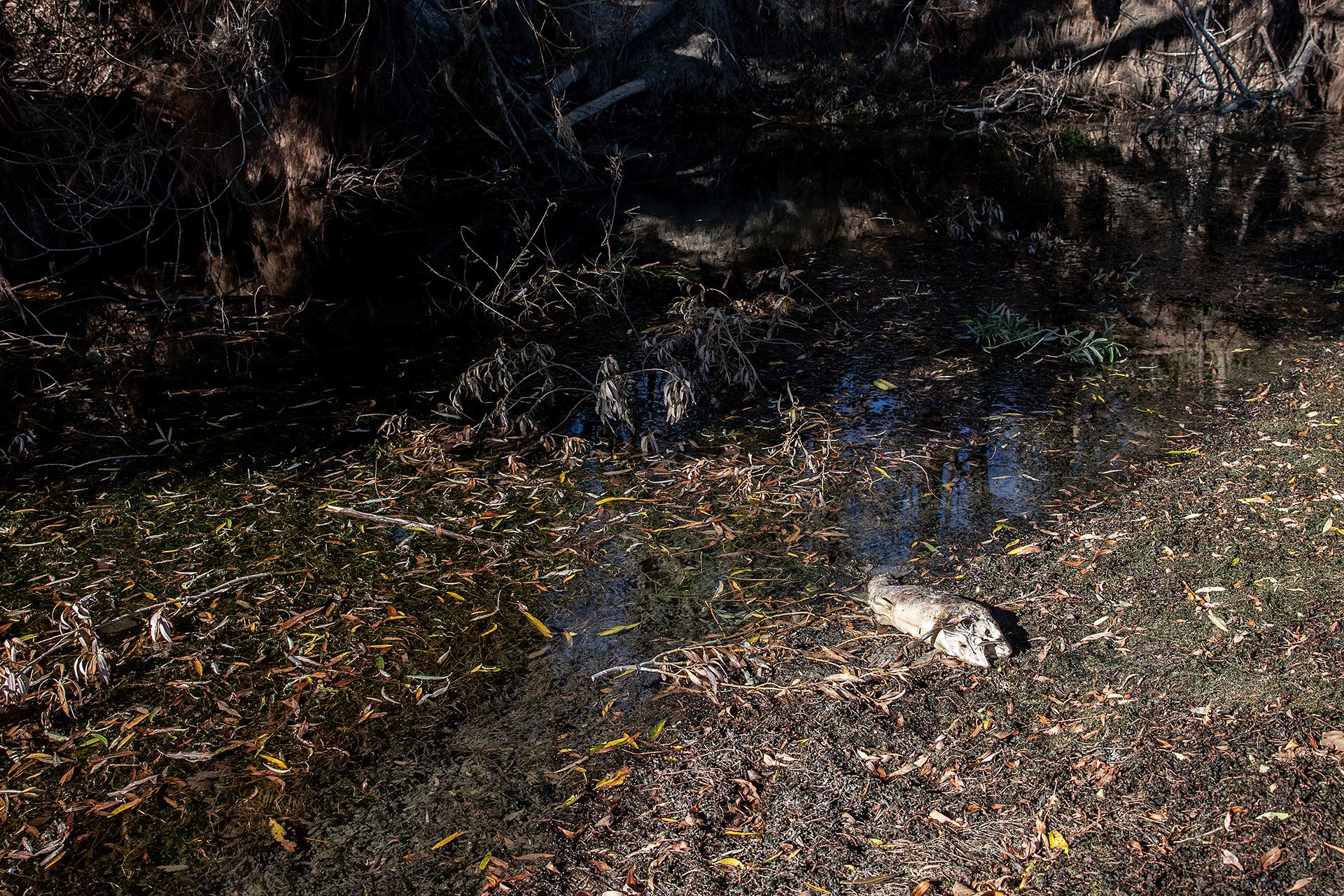

Fertiliser is used to promote rapid grass growth and feed New Zealand's huge dairy herd.
Fertiliser is used to promote rapid grass growth and feed New Zealand's huge dairy herd.

The area of irrigated agricultural land almost doubled between 2002 and 2019, from 384,000 hectares to 735,000 hectares, or 1.3 percent of New Zealand's land area.
The area of irrigated agricultural land almost doubled between 2002 and 2019, from 384,000 hectares to 735,000 hectares, or 1.3 percent of New Zealand's land area.

The Ashley-Rakahuri, north of Christchurch, disconnects as it starts to dry up.
The Ashley-Rakahuri, north of Christchurch, disconnects as it starts to dry up.

An eel gasps for air in a rapidly dwindling pool.
An eel gasps for air in a rapidly dwindling pool.

A dead eel floats in the Ashley-Rakahuri.
A dead eel floats in the Ashley-Rakahuri.

Fish corpses litter the banks of the Ashley-Rakahuri, north of Christchurch, after the river disconnected.
Fish corpses litter the banks of the Ashley-Rakahuri, north of Christchurch, after the river disconnected.







Fertiliser is used to promote rapid grass growth and feed New Zealand's huge dairy herd.
Fertiliser is used to promote rapid grass growth and feed New Zealand's huge dairy herd.

The area of irrigated agricultural land almost doubled between 2002 and 2019, from 384,000 hectares to 735,000 hectares, or 1.3 percent of New Zealand's land area.
The area of irrigated agricultural land almost doubled between 2002 and 2019, from 384,000 hectares to 735,000 hectares, or 1.3 percent of New Zealand's land area.

The Ashley-Rakahuri, north of Christchurch, disconnects as it starts to dry up.
The Ashley-Rakahuri, north of Christchurch, disconnects as it starts to dry up.

A dead eel floats in the Ashley-Rakahuri.
A dead eel floats in the Ashley-Rakahuri.

Fish corpses litter the banks of the Ashley-Rakahuri, north of Christchurch, after the river disconnected.
Fish corpses litter the banks of the Ashley-Rakahuri, north of Christchurch, after the river disconnected.

An eel gasps for air in a rapidly dwindling pool.
An eel gasps for air in a rapidly dwindling pool.
OTHER EPISODES
Episode 1
Seabirds
now
Episode 2
Native Birds
now
Episode 3
Oceans
now
Episode 4
All creatures great and small
now
Episode 6
The Endangered Forest
Oct 27 Watch
now
Episode 7
The Islands
Oct 28 Watch
now
Getting to the truth takes patience and perseverance. Our reporters will spend days combing through documents, weeks cultivating delicate sources, and months - if not years - fighting through the Official Information Act, courts and red tape to deliver their stories.
By supporting Stuff you'll help our journalists keep the pressure on. Make a contribution from as little as $1 today.


